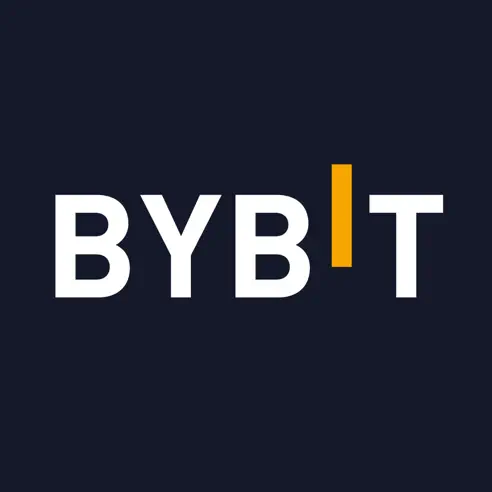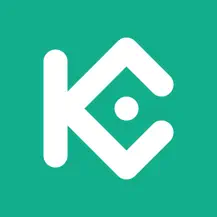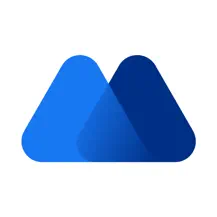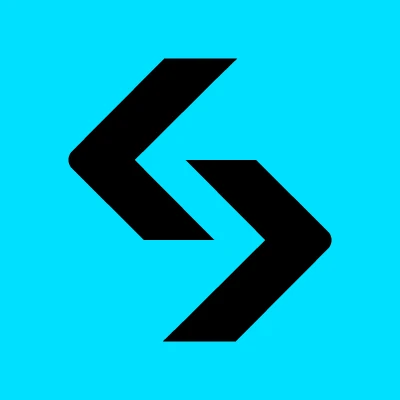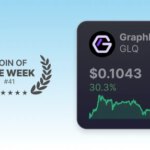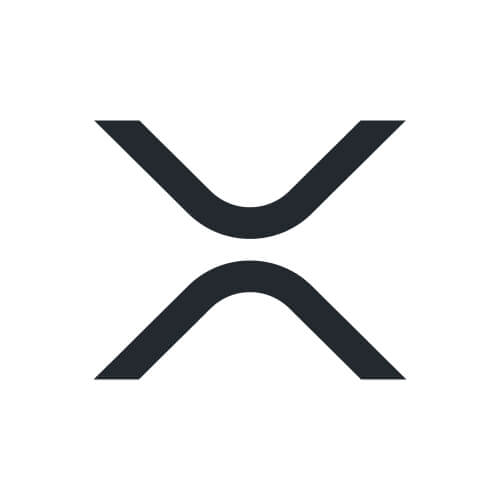Launched in 2021, GraphLinq empowers users to interact with blockchain networks in a simplified, efficient manner. With its drag-and-drop editor, users can create workflows to automate everything from token swaps to real-time data monitoring.
Today, we will cover the following topics:
– About Graphlinq Chain
– How does Graphlinq Chain work?
– Key Features
– Technical Analysis
– Why is GLQ The Coin of the Week?
About Graphlinq Chain (GLQ)
What is Graphlinq Chain?
GraphLinq Protocol enables users to build workflows and integrate decentralized applications without coding experience.
GraphLinq’s visual drag-and-drop interface makes it accessible to both developers and non-developers, simplifying tasks such as token creation, data monitoring, and blockchain interaction.

GraphLinq’s ecosystem, backed by key partnerships with major blockchain platforms such as Polygon and Binance Smart Chain, gives users the tools to optimize blockchain processes with ease. Additionally, it features a marketplace offering ready-to-use templates and automation workflows, allowing for quick and seamless deployment.
Dig deeper into Graphlinq Chain whitepaper.
GLQ Token
GLQ is the native token of the GraphLinq Protocol, essential for executing automation workflows and powering transactions across the platform.
Users utilize GLQ to pay for transaction fees and run automation tasks on the GraphLinq engine. With a total supply of 650 million tokens, GLQ also plays a key role in governance, allowing holders to vote on decisions that impact the platform’s future developments.

How does Graphlinq Chain work?
With its intuitive graph-based system, GraphLinq Protocol allows users to automate blockchain processes effortlessly, removing the need for coding skills and enabling smooth task execution.
Here’s how it works:
Graph-Based System
GraphLinq operates through graphs, which are visual representations of automation workflows made up of connected nodes. Each node represents a specific task or action, such as fetching data from a blockchain or executing a smart contract.
These graphs are created using the GraphLinq Integrated Development Environment (IDE), a drag-and-drop tool that allows users to visually build workflows. Users can simply drag blocks or nodes to create a workflow, eliminating the need for complex coding.
Execution on the GraphLinq Engine
Once a graph is designed, it is executed through the GraphLinq Engine, the core system that runs automation tasks. The Engine processes these graphs and handles interactions between blockchains or data sources, ensuring smooth automation of both on-chain and off-chain tasks.
The Engine allows real-time interaction with multiple blockchain ecosystems, making it possible to monitor blockchain activity, execute transactions, or gather data in an automated way.
Interoperability with Multiple Blockchains
GraphLinq supports a variety of blockchain networks, including Ethereum and Binance Smart Chain. This multi-chain compatibility ensures that users can perform cross-chain tasks seamlessly, without worrying about network limitations.
The protocol makes it easy to automate actions on multiple blockchain networks simultaneously, such as monitoring token transactions on Ethereum while executing smart contracts on Binance Smart Chain.

Automation without Coding
The platform allows anyone—whether a developer or not—to automate tasks that would otherwise require deep technical knowledge.
Tasks can range from monitoring token prices and executing trades to automating DeFi functions and managing smart contracts.
Real-Time Data and Monitoring
Users can create graphs to track real-time blockchain data, automatically triggering actions based on preset conditions.
For example, a graph can be set to monitor price movements on exchanges or to track blockchain events and execute actions based on these insights.
Key Features and Use Cases
GraphLinq Integrated Development Environment
Drag-and-drop interface allows users to build workflows without coding.
Supports over 300 logical blocks for tasks like data fetching, trading, and notifications.
GraphLinq Chain
A Layer 1 blockchain using Proof-of-Stake (PoS) for security and cost-efficiency.
EVM-compatible, enabling integration with Ethereum-based smart contracts and applications.
Cross-Chain Compatibility
Automates tasks across multiple blockchains, such as Ethereum and Binance Smart Chain, with seamless interoperability.

GraphLinq Marketplace
A platform for buying, selling, or requesting custom automation templates.
Fosters collaboration and community engagement within the GraphLinq ecosystem.
Automated Trading
Develop bots that execute trades based on predefined market conditions (e.g., price thresholds), ensuring 24/7 trading without manual intervention.
Data Aggregation and Analysis
Automate the collection and analysis of data from multiple sources, such as social media or market feeds, for informed decision-making.
DeFi Automation
Automate decentralized finance (DeFi) tasks such as liquidity management, yield farming, and interest calculations, ensuring error-free operation.
Smart Contract Management
Simplify the automation of smart contract interactions for tasks like token transfers, staking, and governance voting.
Notification Systems
Set up automated alerts for specific events like price changes or transaction confirmations, ensuring timely responses without constant monitoring.
Gaming and NFTs
Automate the minting, distribution, and management of NFTs or in-game assets, enhancing the gaming experience.
Technical Analysis
Following the overall bullish market sentiment mentioned in our last overview, GLQ broke above its range and the $0.1 round number.
The bulls are expected to remain in control as long as the support holds, particularly if the $0.1035 level is broken to the upside.
Conversely, if the $0.0935 level is breached, we expect GLQ to trade back within the range, moving toward the lower blue trendline.

Why is GLQ The Coin of the Week?
GraphLinq has been chosen as the Coin of the Week because it has been gaining attention for its no-code blockchain automation platform, making it accessible for both developers and non-developers.
Its multi-chain compatibility with Ethereum and Binance Smart Chain, along with growing use cases in DeFi, automated trading, and NFTs, makes it a standout in the blockchain space.
From a price action standpoint, GLQ has demonstrated strength by recently breaking above its previous major high.
Altcoins like this show resilience during unfavorable market conditions and tend to surge significantly during favorable periods.
Did you find this edition useful? Don’t miss out on the rest of our Coin of the Week features; there’s plenty more to discover!

